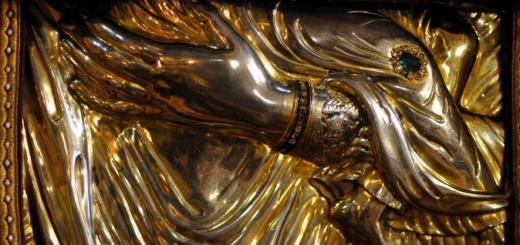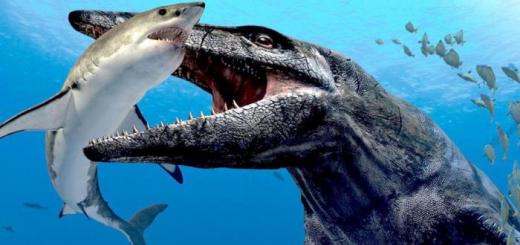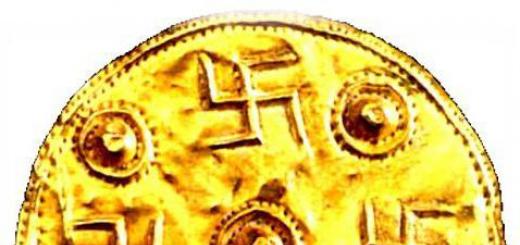In 1859, the English naturalist Charles Darwin published The Origin of Species. Since then, evolutionary theory has been the key to explaining the laws of development of the organic world. It is taught in schools in biology classes, and even some churches have recognized its validity.
What is Darwin's theory?
Darwin's theory of evolution is the concept that all organisms descend from a common ancestor. It emphasizes the naturalistic origin of life with change. Complex creatures evolve from simpler ones, it takes time. Random mutations occur in the genetic code of an organism, useful ones are preserved, helping to survive. Over time, they accumulate, and the result is a different kind, not just a variation of the original, but a completely new creature.
The main provisions of Darwin's theory
Darwin's theory of the origin of man is included in the general theory of the evolutionary development of living nature. Darwin believed that Homo Sapiens descended from an inferior life form and shared a common ancestor with the ape. The same laws led to its appearance, thanks to which other organisms appeared. The evolutionary concept is based on the following principles:
- Overproduction. Species populations remain stable because a small proportion of the offspring survive and reproduce.
- Fight for survival. Children of every generation must compete to survive.
- fixture. Adaptation is an inherited trait that increases the likelihood of surviving and reproducing in a particular environment.
- Natural selection. The environment "chooses" living organisms with more suitable traits. The offspring inherit the best, and the species is improved for a particular habitat.
- Speciation. Over generations, beneficial mutations gradually increase, while the bad ones disappear. Over time, the accumulated changes become so great that the result is a new species.

Darwin's theory - fact or fiction?
Darwin's theory of evolution has been the subject of much debate for centuries. On the one hand, scientists can tell what ancient whales were like, but on the other hand, they lack fossil evidence. Creationists (adherents of the divine origin of the world) take this as proof that evolution did not happen. They scoff at the idea that a land whale ever existed.

Ambulocetus
Evidence for Darwin's theory
To the delight of Darwinists, in 1994, paleontologists found the fossil of Ambulocetus, a walking whale. Webbed front paws helped him move on land, and powerful hind legs and tail helped him swim deftly. In recent years, more and more remains of transitional species, the so-called "missing links", have been found. So, the theory of Charles Darwin about the origin of man was supported by the discovery of the remains of Pithecanthropus, an intermediate species between ape and man. In addition to paleontological evidence, there is other evidence for evolutionary theory:
- Morphological- according to Darwin's theory, each new organism is not created by nature from scratch, everything comes from a common ancestor. For example, the similar structure of the paws of a mole and the wings of a bat is not explained in terms of utility, they probably received it from a common ancestor. This also includes five-fingered limbs, a similar oral structure in different insects, atavisms, rudiments (organs that have lost their importance in the process of evolution).
- Embryological- in all vertebrates there is a huge similarity of embryos. A human baby that has been in the womb for one month has gill sacs. This indicates that the ancestors were aquatic inhabitants.
- Molecular genetic and biochemical- the unity of life at the level of biochemistry. If all organisms did not come from one ancestor, they would have their own genetic code, but the DNA of all creatures consists of 4 nucleotides, and there are over 100 of them in nature.
Refutation of Darwin's theory
Darwin's theory is unprovable - this moment alone is enough for critics to question its entire validity. No one has ever observed macroevolution—no one has seen how one species evolved into another. And in general, when at least one monkey will already turn into a man? This question is asked by all those who doubt the validity of Darwin's arguments.
Facts that refute Darwin's theory:
- Studies have shown that the planet Earth is approximately 20-30 thousand years old. Many geologists have been talking about this lately, studying the amount of cosmic dust on our planet, the age of rivers and mountains. Evolution, according to Darwin, took billions of years.
- Humans have 46 chromosomes, while apes have 48. This does not fit in with the idea that humans and apes had a common ancestor. Having “lost” the chromosomes along the way from the monkey, the species could not evolve into a reasonable one. Over the past few thousand years, not one whale has come to land, and not one monkey has turned into a man.
- Natural beauty, to which, for example, anti-Darwinists attribute the peacock's tail, has nothing to do with utility. If there was evolution, the world would be inhabited by monsters.
Darwin's theory and modern science
Darwin's evolutionary theory saw the light when scientists still knew nothing about genes. Darwin observed the pattern of evolution, but did not know about the mechanism. At the beginning of the 20th century, genetics began to develop - chromosomes and genes were discovered, and later the DNA molecule was deciphered. For some scientists, Darwin's theory was refuted - the structure of organisms turned out to be more complex, and the number of chromosomes in humans and monkeys was different.
But supporters of Darwinism say that Darwin never said that man descended from apes - they have a common ancestor. The discovery of genes for Darwinists gave impetus to the development of the synthetic theory of evolution (the inclusion of genetics in Darwin's theory). The physical and behavioral changes that make natural selection possible occur at the level of DNA and genes. Such changes are called mutations. Mutations are the raw material on which evolution operates.
Darwin's theory - interesting facts
The theory of evolution of Charles Darwin is the work of a man who, having abandoned the profession of a doctor because of, went to study theology. A few more interesting facts:
- The phrase "survival of the fittest" belongs to a contemporary and like-minded Darwin - Herbert Spencer.
- Charles Darwin not only studied exotic animals, but also dined on them.
- The Anglican Church officially apologized to the author of the theory of evolution, though 126 years after his death.
Darwin's theory and Christianity
At first glance, the essence of Darwin's theory contradicts the divine universe. At one time, the religious environment was hostile to new ideas. Darwin himself ceased to be a believer in the course of his work. But now many representatives of Christianity have come to the conclusion that there can be real reconciliation - there are those who have religious beliefs and do not deny evolution. The Catholic and Anglican churches accepted Darwin's theory, explaining that God, as the creator, gave the impetus to the beginning of life, and after that it developed naturally. The Orthodox wing is still unfriendly to Darwinists.










